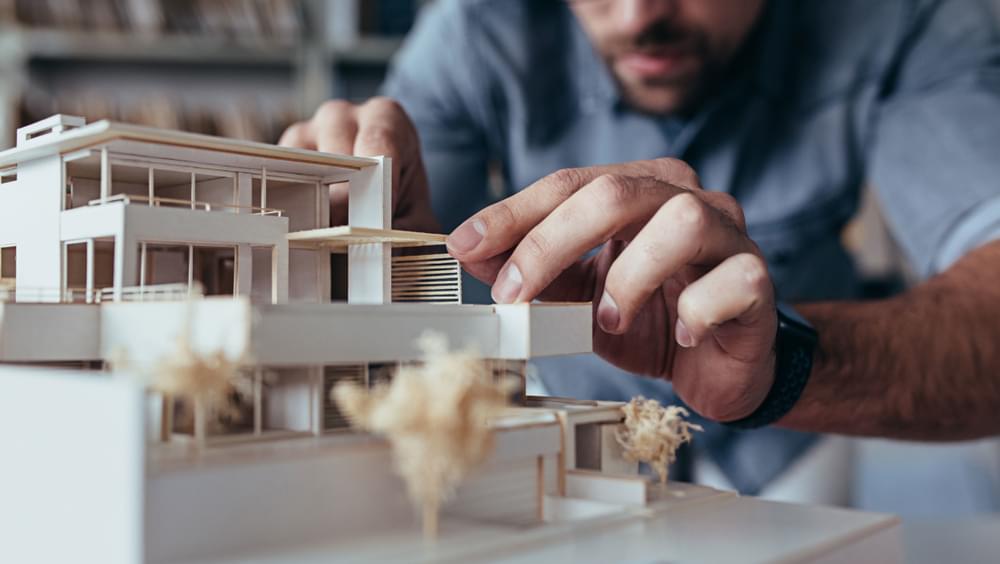After having heard from many core stakeholder disciplines in previous forums, the ninth and final session in G&T’s Mass Timber Forum was on the subject of architecture and design. The panel comprised six architects from various internationally-renowned architectural practices – all of which are well-informed and passionate about mass timber commercial office projects.
In this forum session, panellists discussed the opportunities and challenges of working with mass timber and highlighted some of the key considerations that need to be made whilst emphasising the importance of collaboration with other specialist disciplines.
The experts also noted the practical application of mass timber solutions and the material's relationship with sustainability and health and wellbeing - all of which have been common themes throughout the mass timber series. Standards, regulation and testing were also touched upon whilst considering various international approaches. Panellists concluded the discussion with their thoughts on the future of mass timber and how the sector might evolve.
The panel included Nick Jackson director at Arup, Andrew Waugh director and co-founder of Waugh Thistleton, Paul Monaghan principal at AHMM, Roger Hawkins founder of Hawkins Brown, Audun Opdal senior partner and head of design at 3XN and Andy Young technical director at BIG.
The Opportunities
When discussing the opportunities for mass timber, Audun Opdal noted that tenants can now demand an environmentally friendly building, whilst cities are looking for circular construction projects where the whole lifecycle of the building has been considered. Audun continued saying that timber adds value in terms of its low carbon performance but also in terms of the experience it creates for the end user.
Nick Jackson agreed, explaining that the empathy and level of engagement you get with the material is very different to that of concrete or steel. Allied to this is the carbon impact, which is central to its growing popularity in the industry and Nick suggested that as the grid cleans up, the importance of embodied carbon will grow.
Measuring
During the session the audience were asked whether they were measuring the embodied carbon on their current developments. The results showed that 89% of the respondents were measuring the embodied carbon. Nick believes this data needs to be available across the industry so that we can better understand where the opportunities are and to help change the current outlook on carbon.

International Examples
When discussing international examples, a key learning from one of Audun's recent projects in Toronto was that it’s important to establish whether the project will incorporate mass timber right from the start. This enables a team with the right skill level and relevant experience across all the various disciplines to be formed from day one.
Paul Monaghan went on to note that Adidas’ new HQ in Portland (which uses pre-cast columns and beams with big spans and composite CLT with glulam underneath) almost looks like an old warehouse from the outside but he said that it’s hard to find examples of mass timber buildings that have such big spans and that we could perhaps learn some important lessons from similar projects.
One of Andy Young’s favourite mass timber buildings was designed by SANAA in Connecticut that uses Glulam timbers as a structural material for the distinctive roof and soffit. One of the joys of working with mass timber is that it is, on the one hand, an incredibly modern product informed by science but on the other it’s a completely natural material.
“It’s no longer just the ‘Google’s’ of the world that are keen to embrace mass timber.”
The panel concluded that despite being hundreds of years old and considered the norm in some parts of the world, timber is currently seen as an innovative material. They hope that in the next five years that mass timber permeates the day-to-day activities of our industry.
G&T launched the Mass Timber Office forum to bring together experts from across the industry to discuss and debate the barriers of using mass timber in office construction. Hosted by partners Matt Holman and Oliver Booth, these forums focus on hot topics such as Insurance, Fire and Sustainability, to help share knowledge and information that can be referred to when considering mass timber for commercial office projects.
For more information about the Mass Timber Office Forum or for access to the full report from the architecture and design panel please contact the team at masstimber@gardiner.com.





